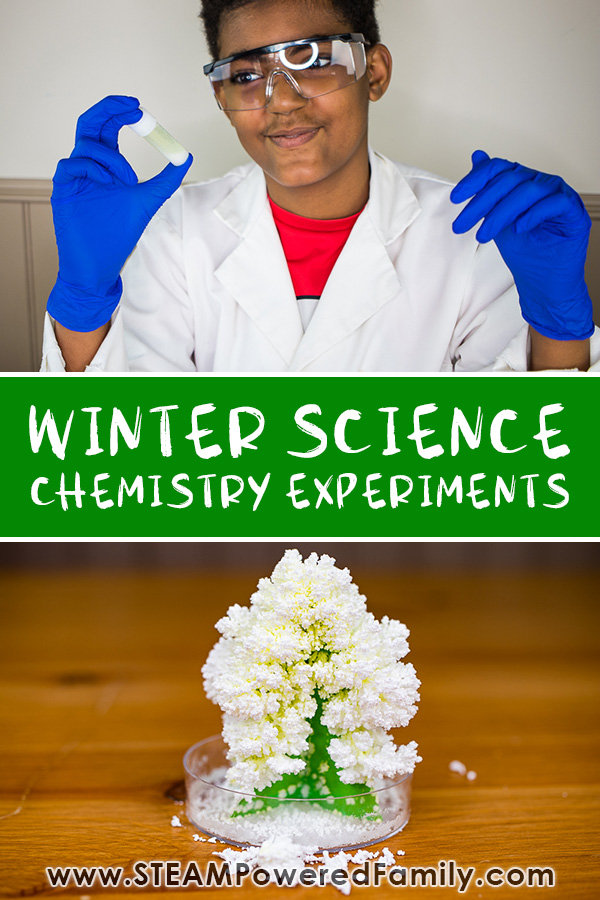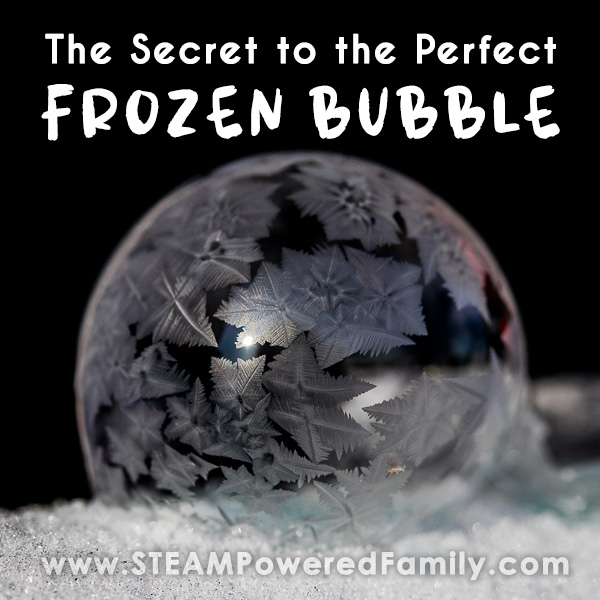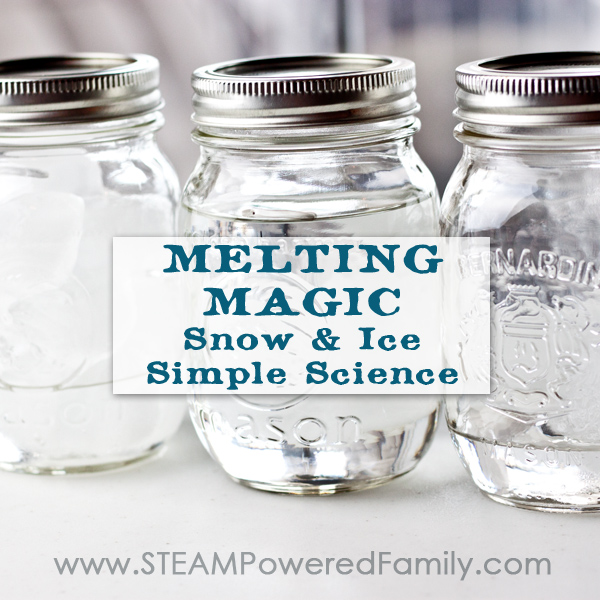Winter Science Chemistry Experiments
Winter is here and that means it is time to do some interesting science experiments to celebrate the changing of the seasons. We’ve done lots of different snowy and winter projects in the past, and I was a little stumped as to what we could do that would be new this year. Then the latest MEL Science kit showed up featuring Winter Chemistry Experiments. WIN!
WINTER SCIENCE WITH MEL SCIENCE
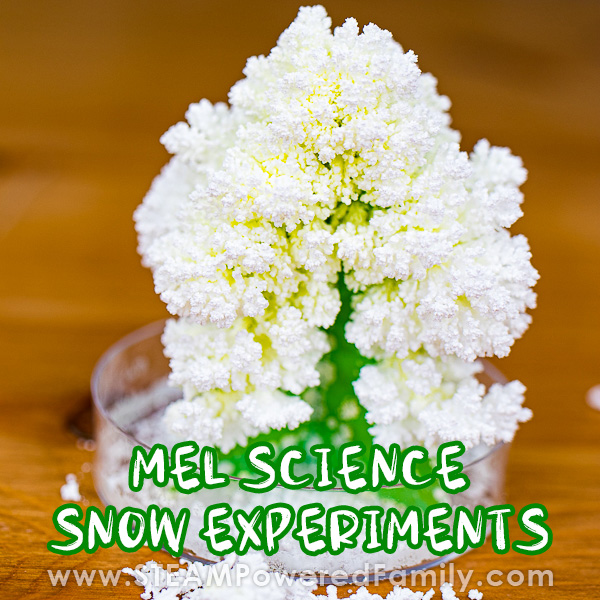
Disclaimer: This article may contain commission or affiliate links. As an Amazon Influencer I earn from qualifying purchases.
Not seeing our videos? Turn off any adblockers to ensure our video feed can be seen. Or visit our YouTube channel to see if the video has been uploaded there. We are slowly uploading our archives. Thanks!
About a year ago we discovered MEL Science. It is a subscription program that sends you one kit a month. They have MEL Science which is chemistry based, MEL Kids which has more of a STEM/Engineering focus, and a new MEL Physics program starting up.
The quality of these kits is second to none. We absolutely love doing them! Everything is provided in the kits. The best part is that these kits make it possible to do hands on studies at home that would normally be very difficult to do.
My kids love the VR lessons that are included!
So when it started to blizzard outside as winter descended on us in full force, I decided it was the perfect time to do our MEL Science Winter Chemistry kit. It was a huge hit providing some spectacular, snowy, results.
Winter Chemistry Supplies
For this experiment MEL Science provided two different Winter Chemistry Experiments. First we made “snow”, then we explored crystallization by making a “frosty” crystal covered tree.
The only thing we needed to provide that was not included in the Winter Science kit, or our MEL Science Starter Kit, was water and a kettle.
We did dive in deeper with our own follow up examination using a microscope, but I will get to that in a moment! It is soooo cool!
Instant Snow Experiment
This was a quick and easy experiment that had a cool sensory component.
Using a vial of sodium polyacrylate granules from the kit, we simply added water and watched it transform into instant snow!
Now as Canadians who live in a VERY snowy climate, we can tell you this stuff feels nothing like snow. But the look is really cool.
We immediately compared it to our Snow Dough experiment. Unlike Snow Dough, this Instant Snow is not moldable, so we couldn’t make snowmen with it or anything. Plus they do recommend you wear gloves while touching it. So it isn’t really something you can play with, but it was still pretty neat to explore and play. Plus it was amazing to watch it EXPAND!
After exploring our Instant Snow for a bit, the next step called for the use of citric acid to turn the snow back into liquid. Essentially causing our Instant Snow to melt.
It was neat to make the connection between our bath bomb recipes that use citric acid and our various acid-base reactions that we have explored over the years. It was neat to see acids at work in a new way.
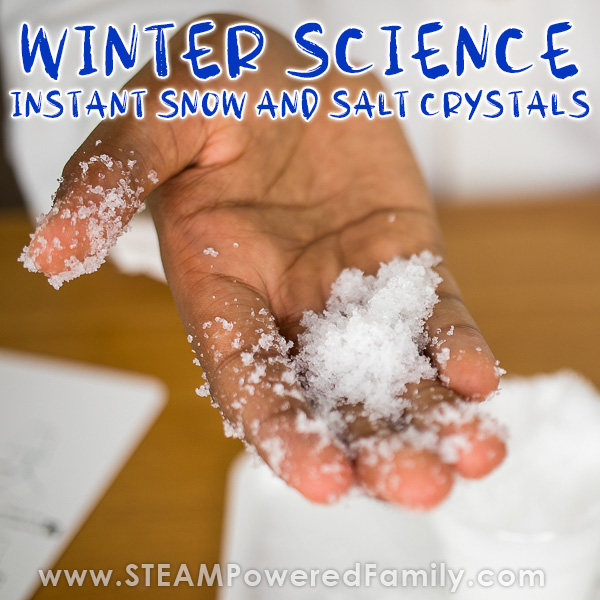
Frosty Christmas Tree
A Salt Crystal Experiment
This next experiment took more time. The instructions said 12 hours. So we did it as our final activity for the day, not expecting to see any results until the next morning.
We were surprised to see crystallization start almost immediately!
The Salt Crystals experiment did take a bit more time to set up. It also required adult help as we had to use hot water. This was to help the chemicals dissolve.
Unlike a more basic salt crystal experiment, this project involved the addition of Potassium hexacyanoferrate(II) to our NaCl.
Once we had our saturated solution, all we had to do was add it to a dish and set our tree in the solution.
Instantly we could see the capillary affect in action (see Walking Rainbow for a cool experiment around this effect).
Within 30 minutes we had our first crystals forming! Then every hour we had more and more crystals.
The next morning our tree was heavily covered in fluffy crystals that resembled snow!
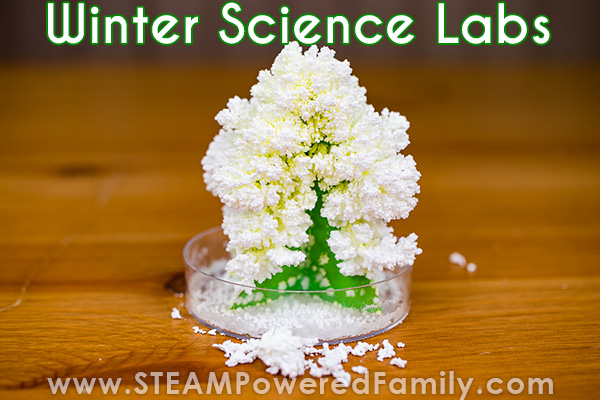
Having played with salt crystals before, it was interesting to see how Potassium hexacyanoferrate(II) ( K4[Fe(CN)6]) disrupted the crystal formations. So instead of the nice, regular, cubic crystal forms we normally see with salt, these crystals had very loose, almost shapeless crystals. They also didn’t stick to our tree like our other crystal experiments. They kind of sat on our Christmas tree, much like actual snowflakes. And easily fell off if we disturbed our tree.
This was a really cool experiment with crystals that we could compare with other crystal experiments we have done like:
This crystal experiment was quite different, which gave us the opportunity to discuss and explore how crystals vary.
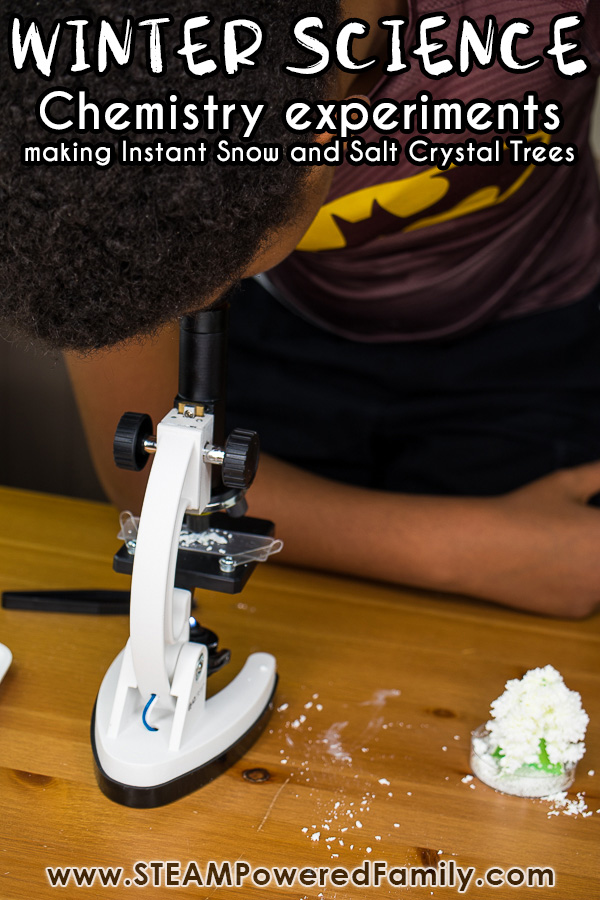
Winter Science
This kit was a great way to kick off winter and celebrate all things snow. Even if you don’t live somewhere that experiences wintery, snowy conditions, these winter science experiments are a great way to bring a little bit of the white stuff into your lessons!
